This post may contain affiliate links. Please read our disclosure policy.
Looking for a simple guide for cycle syncing skincare? Here’s everything you need to know, plus an easy step-by-step guide for syncing your skin care routine to your menstrual cycle!

It’s no secret—I’m a superfan of cycle syncing to support your health and proper hormone function. I’ve written extensively about cycling syncing food and cycle syncing workouts because it can have a profound impact on how you look, feel, and perform.
Your menstrual cycle isn’t just when you have your period. Every month, you go through very consistent and predictable hormonal fluctuations as part of your infradian rhythm. In each phase, your hormones—specifically estrogen, progesterone, and testosterone—can change how you feel and how your body responds to different inputs.
This goes way beyond your PMS breakouts. As your hormones shift throughout the menstrual cycle, your skin care needs and how your skin responds to different treatments varies as well!
While cycling syncing your skin care can feel overwhelming, once you understand the hormonal shifts, it’s easy to create a routine that goes with your flow.
Jump to:
What is Cycle Syncing?
Cycle syncing is adapting your life inputs, such as food, exercise, and skin care to your menstrual cycle to support your health and hormonal function. When it comes to skin care, this simply means shifting the skin care products you use, such as your cleanser, toner, and moisturizer, according to your menstrual cycle.
You may have already noticed changes in your skin’s needs throughout your cycle. Sometimes, your skin may be slightly more oily or sensitive, while sometimes it might respond better to resurfacing treatments. This is because estrogen, progesterone, and testosterone influence your skin throughout your cycle.
The Menstrual Cycle
Your menstrual cycle has four phases. While the following days are set to a 28-day cycle, the exact days may vary slightly for you.
- Phase 1: Menstrual: This phase starts on day 1 of your period and can last anywhere from 3-6 days. Hormones are low.
- Phase 2: Follicular: Begins after menstruation, typically ends around day 12. Estrogen starts to build.
- Phase 3: Ovulatory: Occurs around days 13-16 of your cycle. This phase lasts 3-4 days. Estrogen peaks.
- Phase 4: Luteal: Roughly days 17-28. This phase occurs after you ovulate, and ends right when you start menstruating. Progesterone increases significantly, estrogen rises, then both drop before your period.
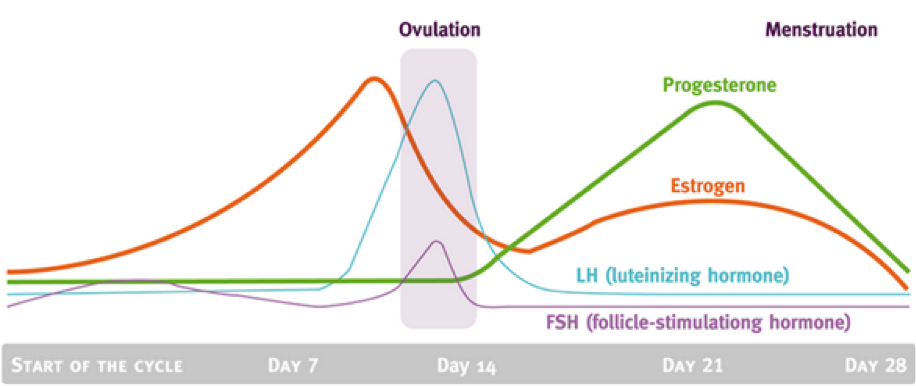
Hormones and Your Skin
Hormones are your body’s chemical messengers. They are secreted into bloodstream and travel to specific tissues and organs to help them do their work. Every single day, hormones are responsible for coordinating and carrying out specific functions within our bodies.
1. Testosterone
Testosterone stimulates the production of sebum, which is a waxy and oily substance created by your skin. In fact, studies suggest that people with acne may produce more testosterone than people who don’t.
Increased levels of testosterone may lead to excessive sebum production, which, in turn, can block hair follicles and cause inflamed sebaceous glands. This can trigger an acne, and lead to greasy-feeling skin and hair.
While testosterone levels vary throughout your life (puberty is a high-testosterone time), it only varies slightly throughout your menstrual cycle.
2. Estrogen
Estrogen suppresses sebum production. Studies show it also has many anti-aging effects on your skin. It increases collagen production and improves skin thickness and elasticity. It also plays a key role in healthy lipid barrier function, which keeps skin from drying out. This is why you typically experience clearer skin mid cycle, specifically around ovulation.
When estrogen is out of balance, however, it can also create skin issues. High levels of estrogen, also known as estrogen dominance, are associate with hyperpigmentation and melasma.
3. Progesterone
In your menstrual cycle, progesterone rises after ovulation. It causes your body temperature to rise, which increases sweat. As you might expect, this means progesterone can indirectly cause you to be more prone to breakouts.
Progesterone also inhibits 5α-reductase, which is required to convert testosterone to the more potent DHT. This increases sebum production. In other words, sufficient levels of progesterone may help stop testosterone-related acne and keep skin clear.
It’s important to note that progesterone levels drop in the presence of chronic stress. So, if progesterone levels plummet, you may find yourself experiencing symptoms of high testosterone, estrogen dominance, and PMS.
Cycle Syncing Your Skin Care
Given what you know about hormonal fluctuations and your skin, you can start to make slight tweaks to your skin care routine each month. By cycle syncing your skin care, you can stay ahead of the curve to meet your skin’s changing needs, and prevent breakouts more effectively.
Phase 1: The Menstrual Phase (Day 1-6)
Estrogen and progesterone levels are at their lowest point, which means testosterone is relatively higher. Research shows sebum production is highest the week before your period, so you might have some post-PMS acne to deal with, too.
Focus: This is the ideal time to focus on clearing out pores, absorbing toxins, and facilitating cell turnover.
Menstrual Phase Skin Care:
- Charcoal: Charcoal absorbs oil and impurities. Apply a safe and effective Charcoal Mask to your skin 1-2x in this phase, and use it as a spot treatment.
- Salicylic acid: Salicylic acid is a beta hydroxy acid that is water-soluble and is extremely effective in diminishing blackheads, white heads, and blemishes. It dissolves skin debris that clogs pores and causes blemishes. It’s anti-inflammatory and helps to reduce redness. Use a Clear Pore Cleanser.
- Astringents like witch hazel and apple cider vinegar: Astringents help clear out pores, absorb oil, and reduce inflammation. Note: Do not apply straight apple cider vinegar or which hazel to your skin. Instead, use a product that is well formulated. I like to make my own DIY apple cider vinegar toner.
Phase 2 and 3: Follicular and Ovulatory Phase (Day 7-15)
After your period ends, you enter the follicular phase. Then, ovulation occurs between days 14-16. Estrogen is rising and peaks right at ovulation. This is usually when your skin is looking and feeling best because oil-reducing and collagen-promoting estrogen is high.
Focus: Nourishment and treatments are the name of the game—so have fun with it! This is a great time to do more intense treatments like a peel and incorporate high-end serums like a vitamin C serum since collagen production is increased by estrogen.
Also, sunscreen is especially key during this phase since higher estrogen and sun damage can lead to hyperpigmentation.
Follicular + Ovulation Phase Skin Care:
- Fatty acids + nourishing oils and butters: With oil production lower, your skin can handle more nourishment. Switch to an oil-based cleanser with plenty of active ingredients, and a cream-based moisturizer that is right for your skin type. Try an anti-aging cleansing oil or cleansing balm. If you have more oily skin, daytime nourishing moisturizers can be used as your night cream, like an anti-aging moisturizing cream.
- Resurfacing Acids (AHA/BHA): Increased collagen production makes it an ideal time for a peel. Peels are packed with resurfacing acids, and help to brighten skin and increase cell turnover. I love this Overnight Resurfacing Peel or a simple AHA mask during this phase.
- Vitamin C: When it comes to skin health, age defense, and a bright, dewy glow, vitamin C is the holy grail. It brightens skin and improve discoloration, and support the skin’s natural collagen production. I highly recommend the All Bright C Serum.
- Zinc Oxide (Mineral Based Sunscreen): This is an important time to protect your skin from damage that leads to hyperpigmentation. Use a safe, mineral-based face sunscreen that is lightweight and won’t clog pores, like the Countersun Sheer Defense SPF for face.
Phase 4: The Luteal Phase (Day 16-28)
This is where cycle syncing your skin care makes all the difference! After ovulation, your core body temperature rises thanks to rising progesterone levels. Research shows you have a higher sweat rate during this time. How fun! Then, hormone levels drop right before your period starts.
You also have the highest sebum production and the most sensitive skin the week before your period. This is why you’ll see an increase in acne, inflammation, redness, and breakouts.
Focus: This is the time to focus on preventing acne by absorbing oil and clearing out pores. Use gentle and anti-inflammatory products since skin is sensitive.
Luteal Phase Skin Care:
- Salicylic acid: Bring back your salicylic acid Clear Pore Cleanser during this time to fight acne and inflammation. Clearing out pores will prevent breakouts.
- Charcoal: Charcoal is a great natural ingredient that absorbs oil and impurities. Apply a safe and effective Charcoal Mask to your skin 1-2x in this phase.
- Astringents like witch hazel and apple cider vinegar: Switch back to your astringent toner in this phase.
- Corn starch, sodium bicarbonate, and shea butter: An aluminum-free natural deodorant that neutralizes odor, absorbs sweat, and goes on smoothly is important during this phase. Make sure to use one that doesn’t have endocrine disruptors. I personally love the Clean Deo as it stops the stank and manages sweat even during workouts!
- Squalene and phytic acid: Oil production is at its highest in this phase, so you’ll only need a light moisturizer to keep skin supple. Squalene oil is great for all skin types. It isn’t heavy or greasy, and doesn’t clog pores. I also love moisturizers with phytic acid, as it helps to shed off dead skin buildup gently.
Avoiding Endocrine Disruptors
Cosmetic products are one of the top ways women are exposed to endocrine disruptors, which can inhibit your body’s ability to balance hormones. This is why choosing products free of known harmful ingredients like endocrine disruptors, fragrance, and carcinogens is so important.
Here’s some help finding better clean skin care brands:
- 10 Harmful Ingredients to Avoid in Makeup & Skincare
- Does Your Makeup Contain Heavy Metals? Here’s How To Know
Also, I now write a monthly newsletter centered around understanding harmful ingredients in skin care and cosmetic products. Join my Clean Beauty Community to get it!
What If My Hormonal Acne Doesn’t Improve?
If you start cycle syncing your skincare routine but don’t notice any improvements in your hormonal acne, it’s time to get serious about figuring out the root cause. I highly recommend working with a qualified practitioner who can run the DUTCH test to see what your hormones are doing, and the exact imbalances that you’re dealing with.
Remember: chronic or severe acne is never normal, whether it lasts all month or pops up around your period. Skin rashes, hypersensitivity, and hyperpigmentation can all also be signs something is amiss with your hormones.
Putting It Into Practice
Remember: these are guidelines and suggestions, not hard and fast rules! Go with your flow, and do what feels right for you as you use this template for syncing your skin care to your menstrual cycle. Be aware of how your skin changes, and adapt your routine accordingly.
I’m confident that once you go with this flow, you’ll notice improvement in your skin’s appearance.
More Articles:
- Cycle Syncing Workouts: How to Exercise in Each Phase of Your Menstrual Cycle
- Natural Remedies For PMS
- Natural Treatments for PMDD
- How to Get Your Period Back Naturally
- Cycle Syncing Diet: What to Eat in Each Phase of Your Menstrual Cycle
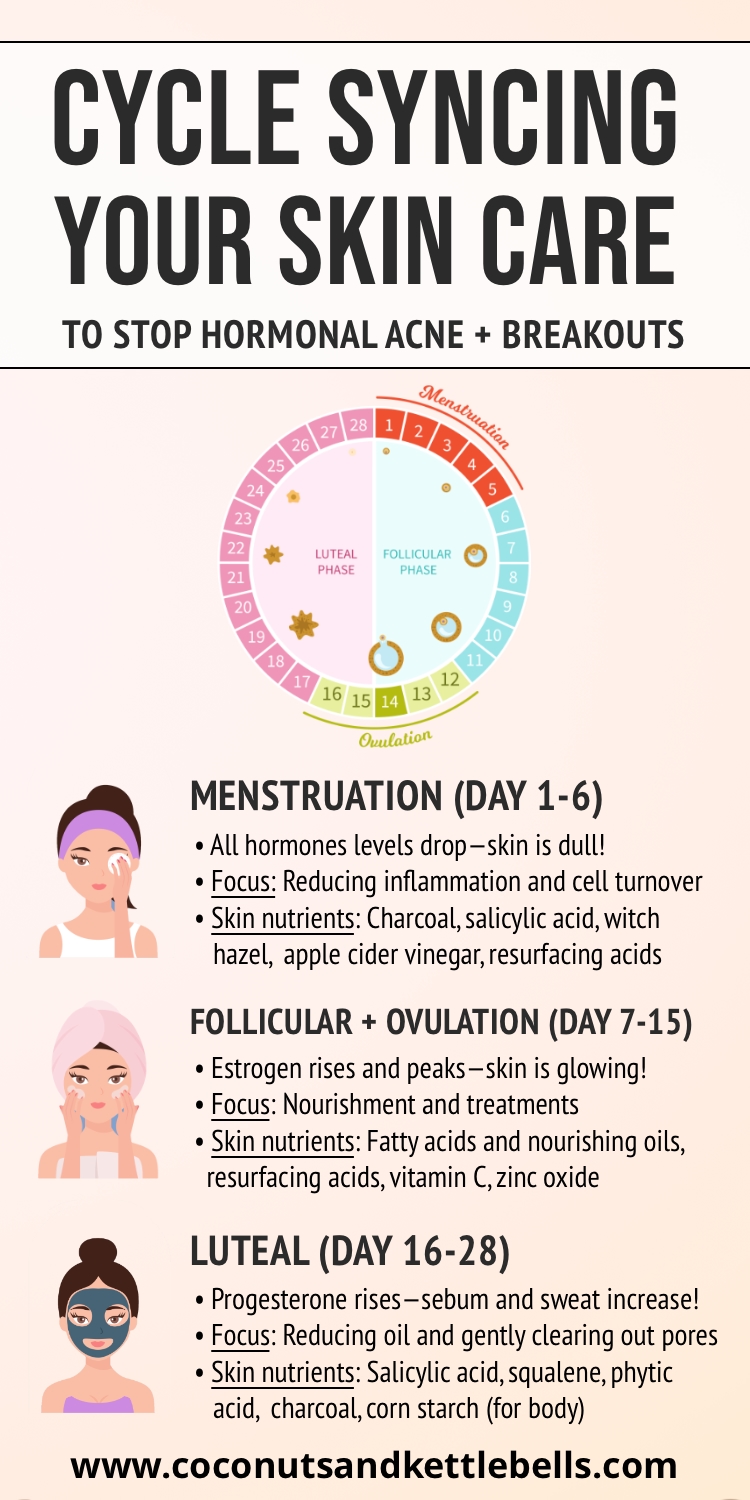
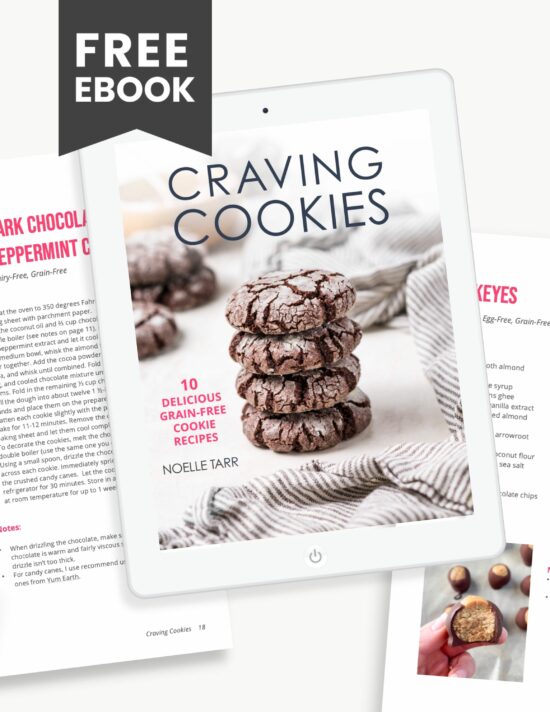
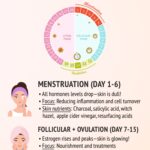


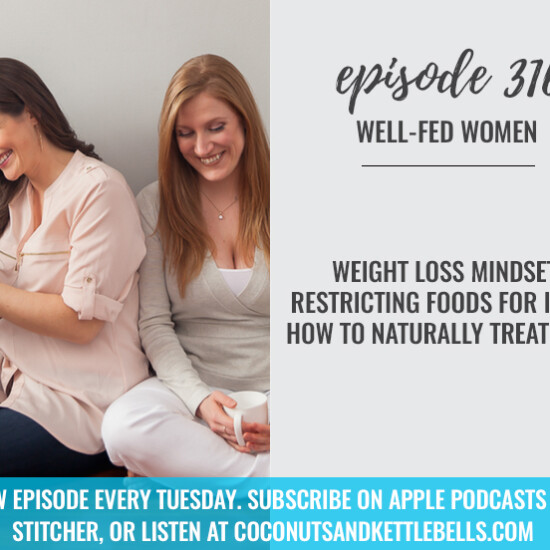
Sara says
This is great information! Thank you. What moisturizer would you recommend for Phase 1?
Noelle Tarr, NTP, CPT says
Hey Sara! So, for ovulation I’d recommend going with something that has a lot of beneficial skin nutrients. I go all in with anti-aging stuff during this phase. I LOVE this Antioxidant Soft Cream for just about all skin types. It’s an anti-aging powerhouse but also just super nourishing.
Sara says
What about dryness? Is there a time of month when your skin tends to be more dry and need extra moisture?
Noelle Tarr, NTP, CPT says
Hey there! Possibly. This is where skin type comes into play! If your skin is more dry, you will definitely notice some dryness when estrogen is low, right when your period starts!
Hannah says
Hi Noelle! Love your blog and info. As someone who has dealt with severe hormonal acne, normal acne, and even no acne at times, starting my cycle syncing journey with your knowledge and experience is a huge help! Quick question, I am working on getting all of my beauty products switched to the Beauty Counter, but do you have any info about Nars makeup products? I looked at the ingredients and wasn’t sure if it met the standards. Thank you again for helping us through your blog!
Noelle Tarr, NTP, CPT says
Hi Hannah! I just did some research on their website and they are definitely much better than most! It seems them intentionally keep out a number of harmful ingredients, including fragrance, which is rare! I would recommend avoiding the SPF products as they use chemical sunscreens. Otherwise, from the few things I looked at, it definitely looked safer!